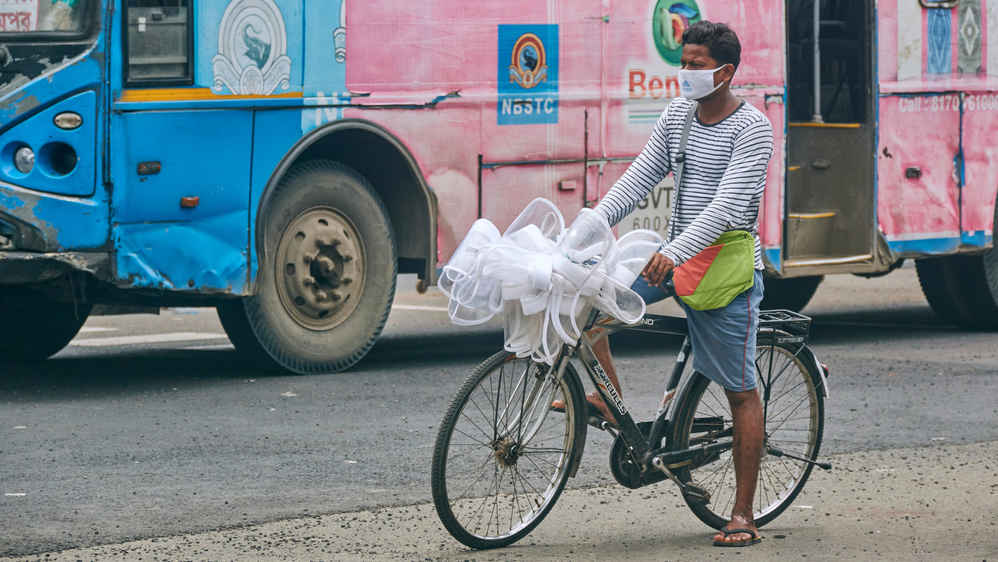A colleague who stays a few kilometres away from office has bought a bicycle, and is now cycling tens of kilometres within and without Calcutta regularly for all sorts of activities. Many people are now discovering freedom on two wheels. In his book, Everyday Technology: Machines and the Making of India’s Modernity, the historian, David Arnold, argued that the nation entered the ‘cycle age’ by the 1950s. But the bicycle culture in India was initiated by Englishmen and it became quite popular among Indians. The arrival of automobiles and class consciousness detracted colonial officials from bicycles, while its popularity among ordinary Indians increased steadily, with the added stimulus of affordability with the establishment of local companies.
In his book, Arnold illustrates how small-scale technology such as bicycles, rice mills, sewing machines and typewriters became integral to new ways of thinking about class, race, and gender, as well as to the politics of colonial rule and Indian nationhood. Seven decades on, is a world on two wheels going to be the new normal in a pandemic-hit world? People living in and around cities are reluctant to use public transport, and governments worldwide are also encouraging bicycles as a mode of transportation.
In a joint article Arnold and Erich DeWald analysed the role of bicycles in empowerment in colonial India. While the car is the symbol of modernization, the bicycle may be regarded as its modern antithesis. It started off as an identifiably foreign import and served as a symbol of upward mobility in its initial days in the country. The rise of automobiles, however, has marginalized bicycles. Bicyclists in Indian cities thereafter are mostly ‘captive users’, who use it because of affordability.
Pedalling up
A 2016 survey showed that the poorest 20 per cent households accounted for a majority of the bicycles in the country. Unfortunately, social attitude to non-motorized vehicles is, in general, not positive — bicycles have been associated with the urban poor in the country for decades now. Even in the late Seventies, an overwhelming majority of cyclists in cities like Delhi, Jaipur and Hyderabad were from the lowest income groups and the unskilled category. A 2013 study argued that the use of non-motorized transport in the country has been declining with the increase in income levels. But the socio-economic pattern of bicyclists in the country is going to change. Covid-19 has brought a rare opportunity for a ‘bicycle revolution’ as well.
Arnold believes that bicycles also have caste connotations. In the early days, there were objections to Dalits riding bicycles because this was thought to be an assumption of status that they were not entitled to. Traces of such social stigma still persist. Also, traditionally in the Indian context, bicycles had gender connotations. Unlike sewing machines, bicycle names remain grossly masculine — makes like Hercules or Atlas or even Robin Hood became popular in India. There is alarming gender disparity among Indian bicyclists.
Arnold mentions that small things can be “of primary, even paramount, importance when it comes to daily lives and the everyday objects with which people surround themselves”, and emphasizes “the centrality of the machine and of technology generally in Indian thinking about past, present, and future”. Clearly, technology like the bicycle evolved as a metaphor for differentiation in Indian society, and assumed its own values and meanings in the local context and significantly altered social, economic and cultural equations among Indians.
A ‘bicycle revolution’ will thus not only increase the quantum of bike-users in major cities, but also drastically change the socio-economic and demographic distribution of the cyclists. Will bicycles in their new avatar become a symbol of status and upward mobility once again?











